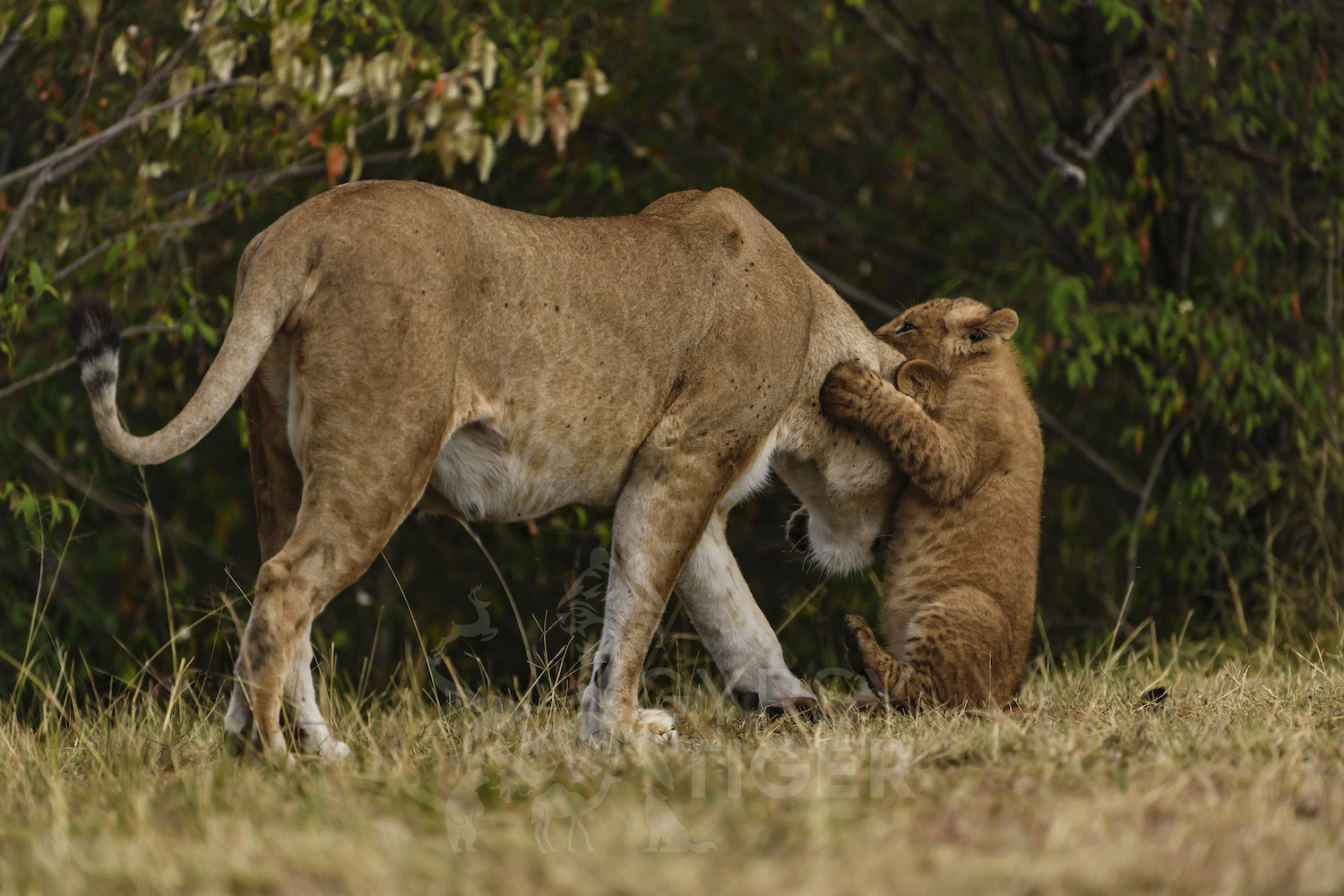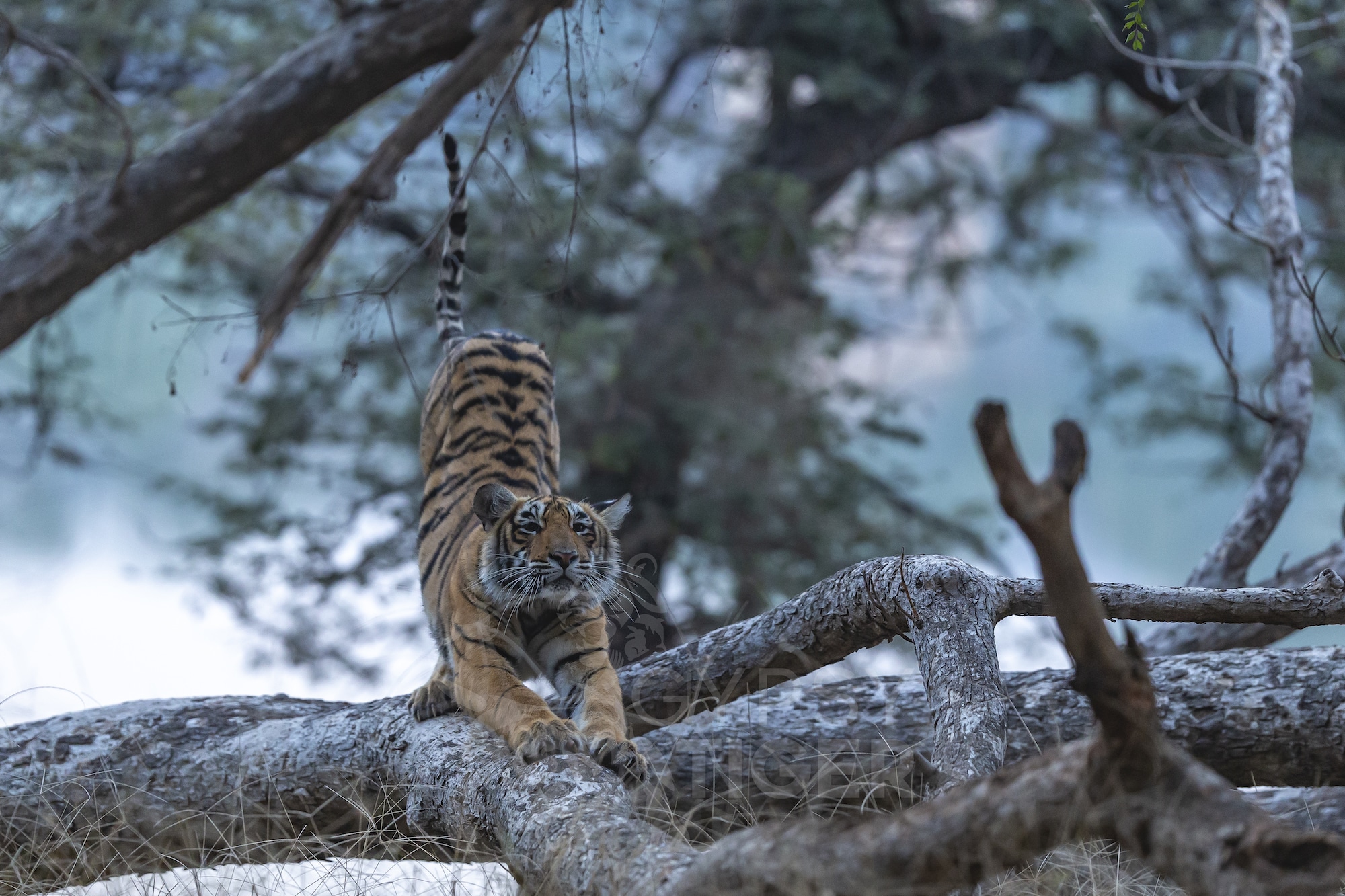
YOGA Time
Ranthambhore National Park, India
It is time for some morning yoga for this cub from Ranthambore National Park's famous tigress, Krishna’s second litter. There are many lessons we can learn from the wild. One is start your day early, stretch, exercise and go on with your daily routine.
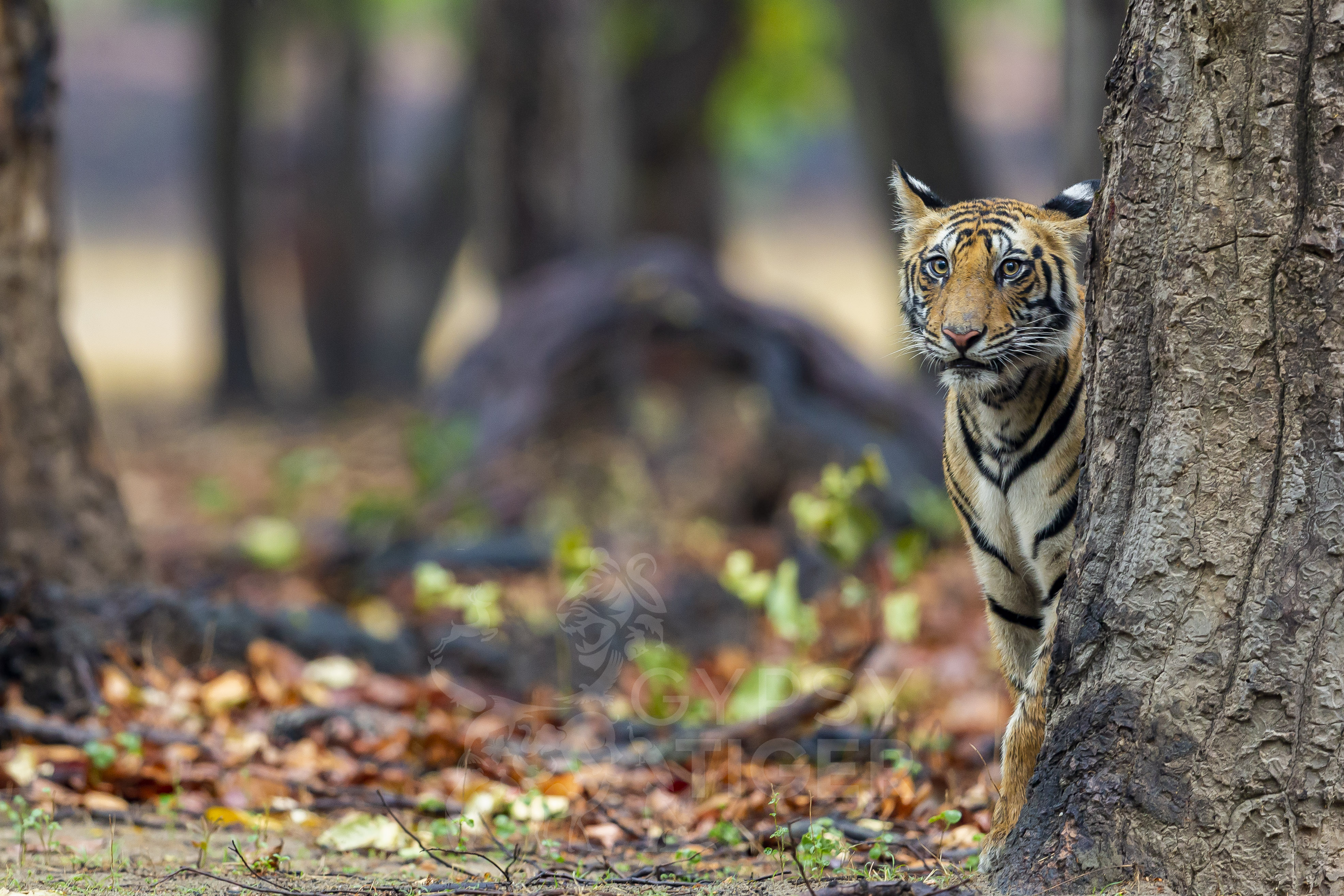
Not again! These paparazzis
Bandhavgarh National Park, India
A male cub peers out from behind a tree at the accumulated human paparazzi in India’s Bandhavgarh National Park. He was one of the cubs of the Mirchaini female in the park.
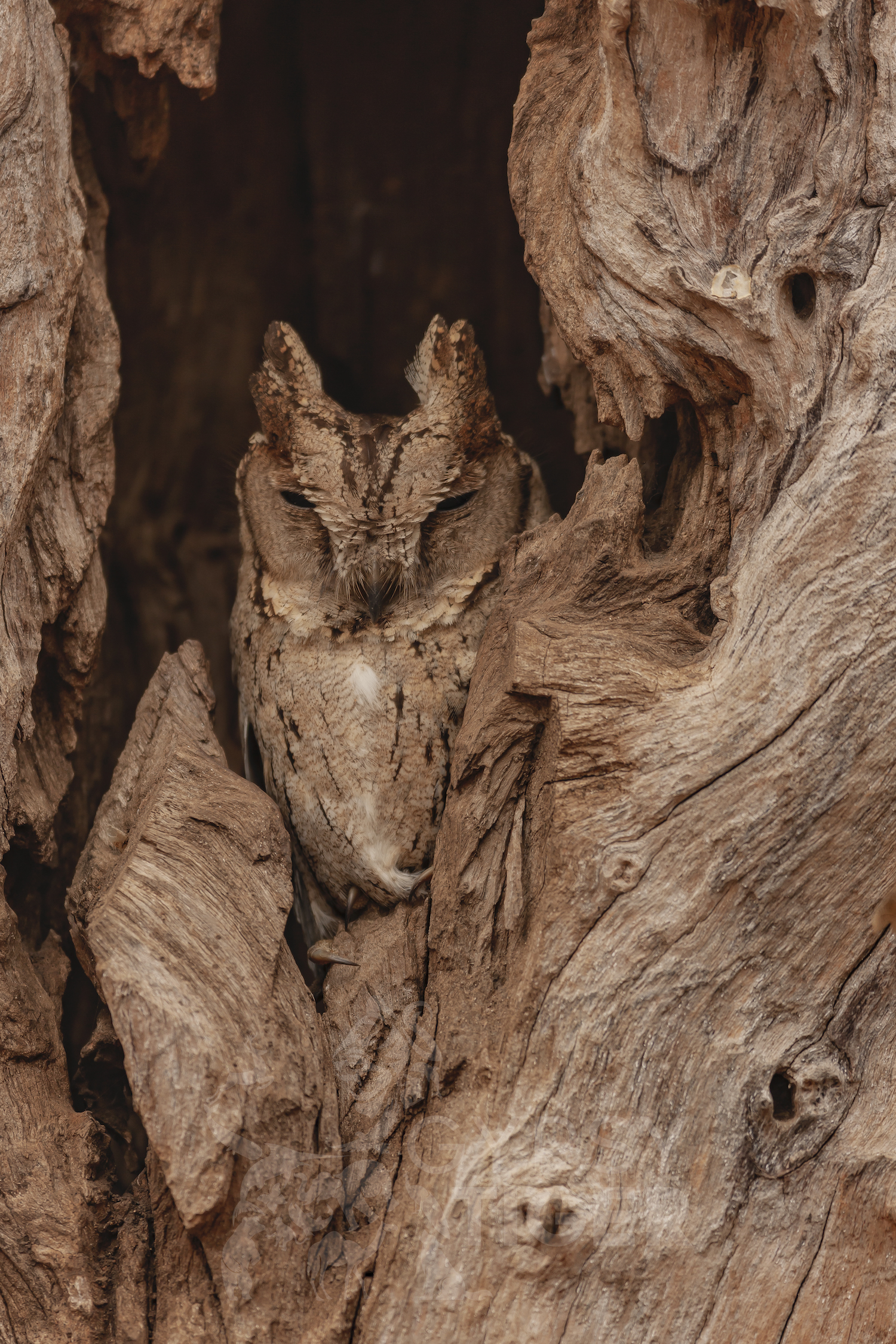
Camouflage
Ranthambhore National Park, India
We were in Ranthambore National Park when our guide pointed towards this tree. We were wondering what is so unique about it until after a few minutes one of the team members pointed and said, "hey there is the Indian Scops Owl sitting right in between." These owls are nocturnal and rarely seen during the day, we were definitely lucky but had to really exercise our eyes to see this one!
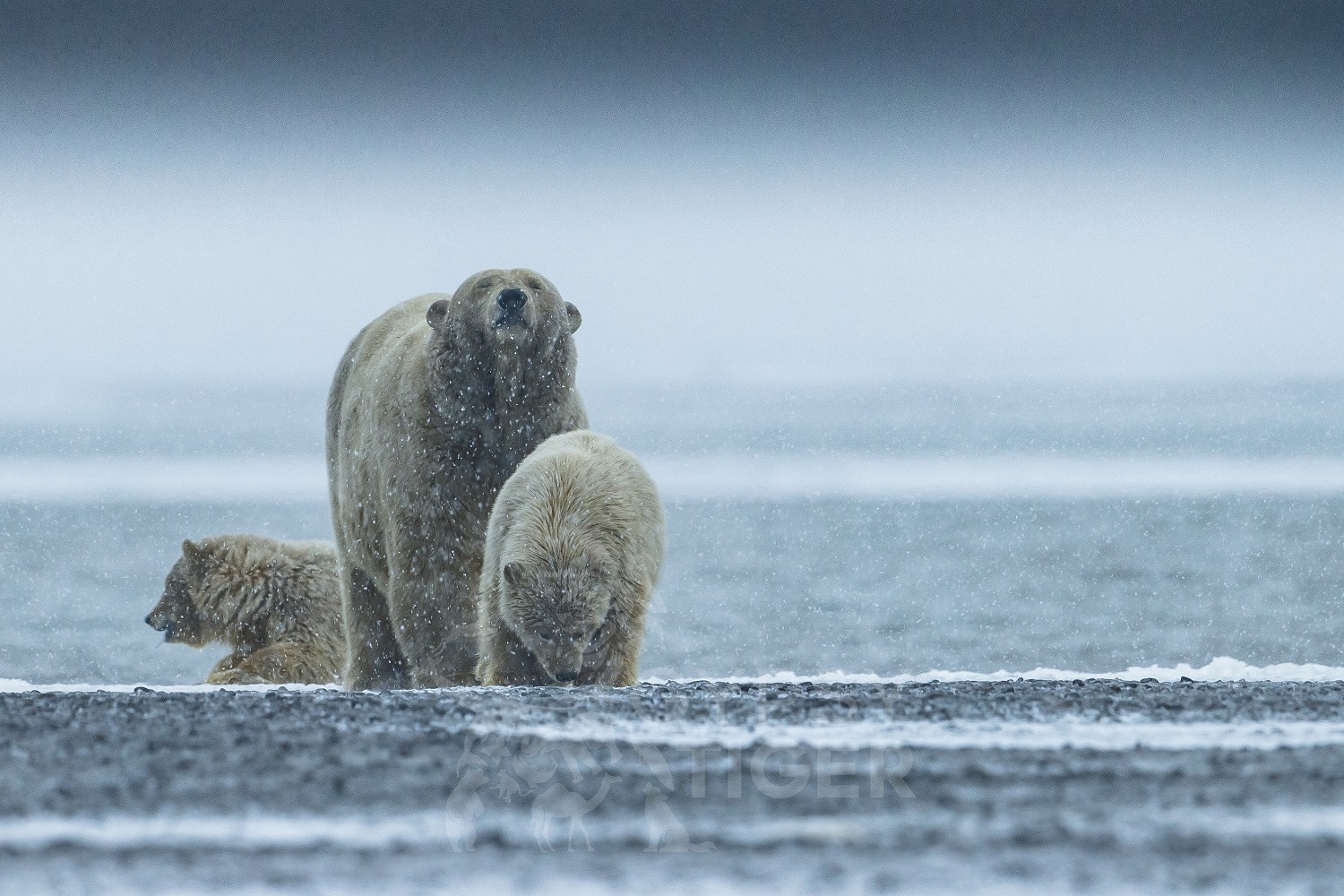
Snowy Hope
Kaktovik, Alaska
The snowflakes fall softly over her and give her hope that she may not have to travel very far with her cubs in search for food. Each year ice formation is happening later and the ice coverage is shrinking much faster. Polar bears’ food supply is very closely linked to sea ice in more ways than one. Almost all the food that the polar bears consume including seals, belugas etc. depend on the algae and zooplankton that form on the sea ice - and a depletion of the ice cover results in depletion of the primary food source for the entire food chain. Cold spring lets the ice linger on which gives the bears easier access to hunt their favourite food- the seals. During warm spring, it cut shorts this supply chain and sometimes they have to travel huge distances to find food. We were in Kaktovik in 2017 when we came across this mama bear and her two adorable cubs. They would swim, play with ice and roll over slopes and for us, it seemed like time had frozen!
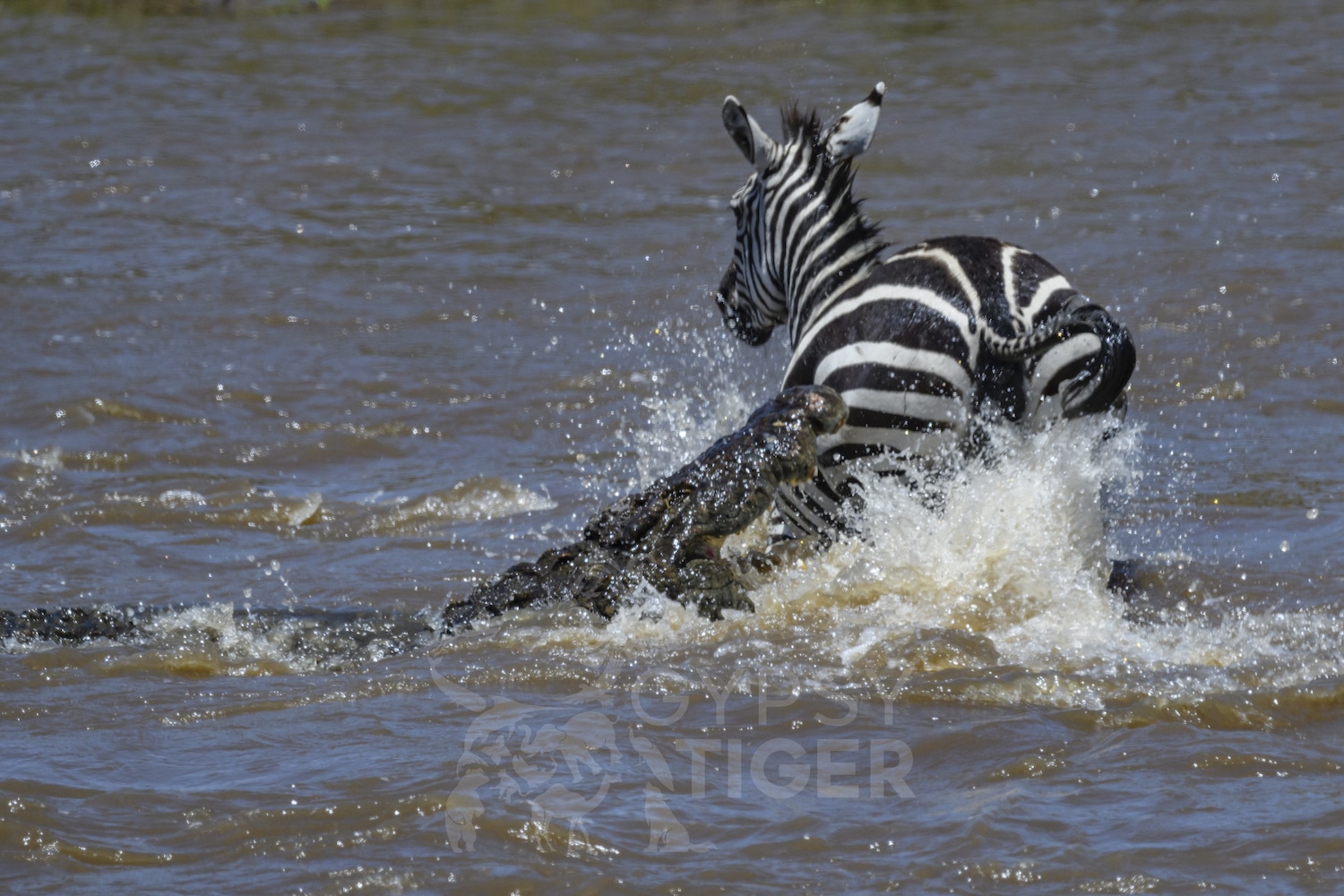
Seizing the opportunity
Masai Mara, Kenya
Migration time in the Masai Mara is the most exciting one. While the prey is trying to cross the river, the predator has a feast waiting for it. On our recent trip we saw this story unfold up close and personal.... A dazzle of Zebras began to run in full speed to cross the river. The commotion they created was enough to alert any of the predators in the area. Seeing an opportunity, a crocodile decided to attack but unfortunately it could not grab the back of the Zebra and fortunately they ran away. It did create a lot of excitement in us at-least for a few seconds.
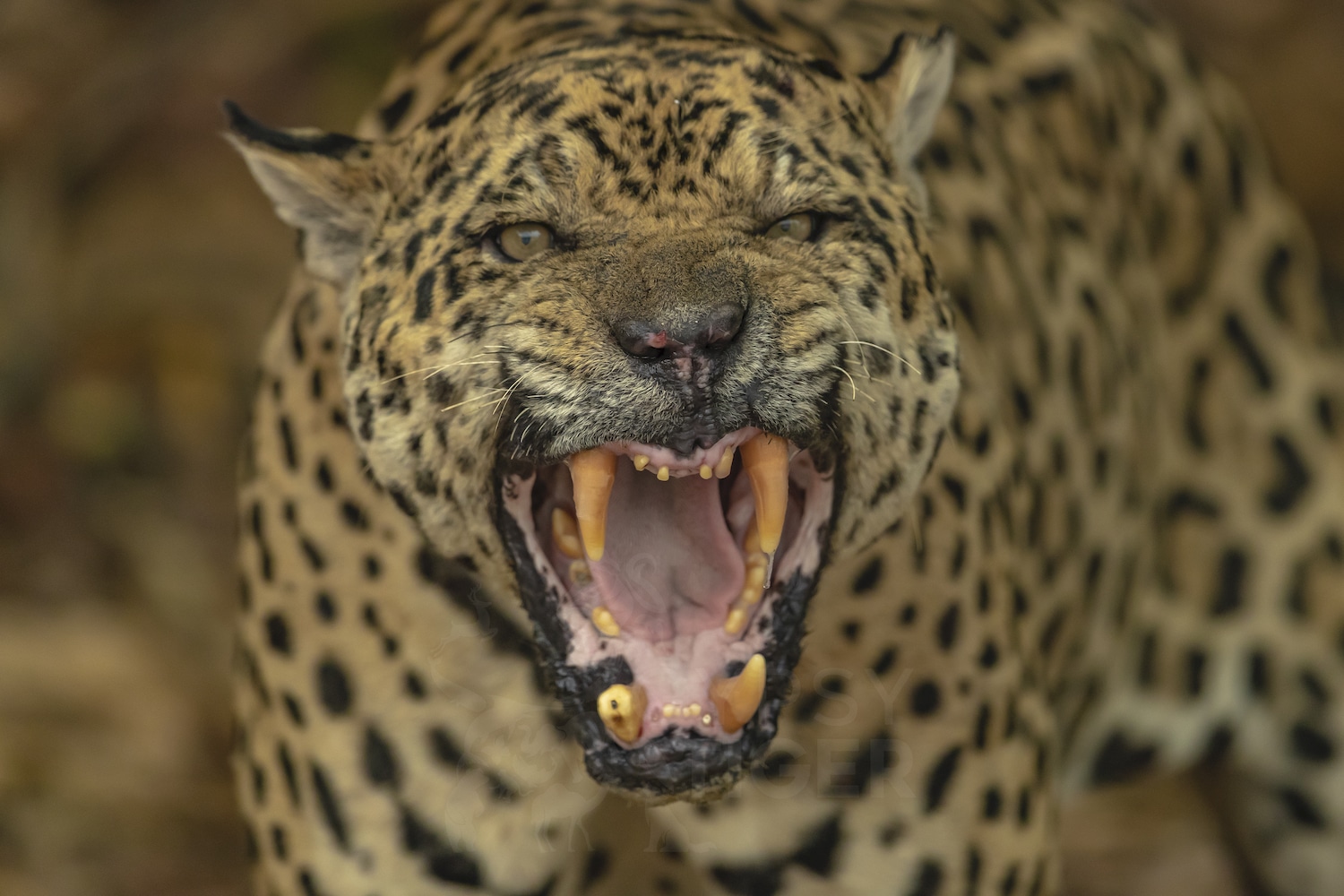
Stay away!
Masai Mara, Kenya
A male Jaguar does not seem to appreciate all the attention he is receiving from the paparazzi in the Pantanal. This is one place in the wild which is never devoid of action. The mightiest of all cats, Jaguars have the most powerful bite. They are seen roaming the banks of river Cuiaba to look for food which can be anything. From a caiman, to anaconda, to birds or fish. You can spend hours on end in the boat to see them in their best action.
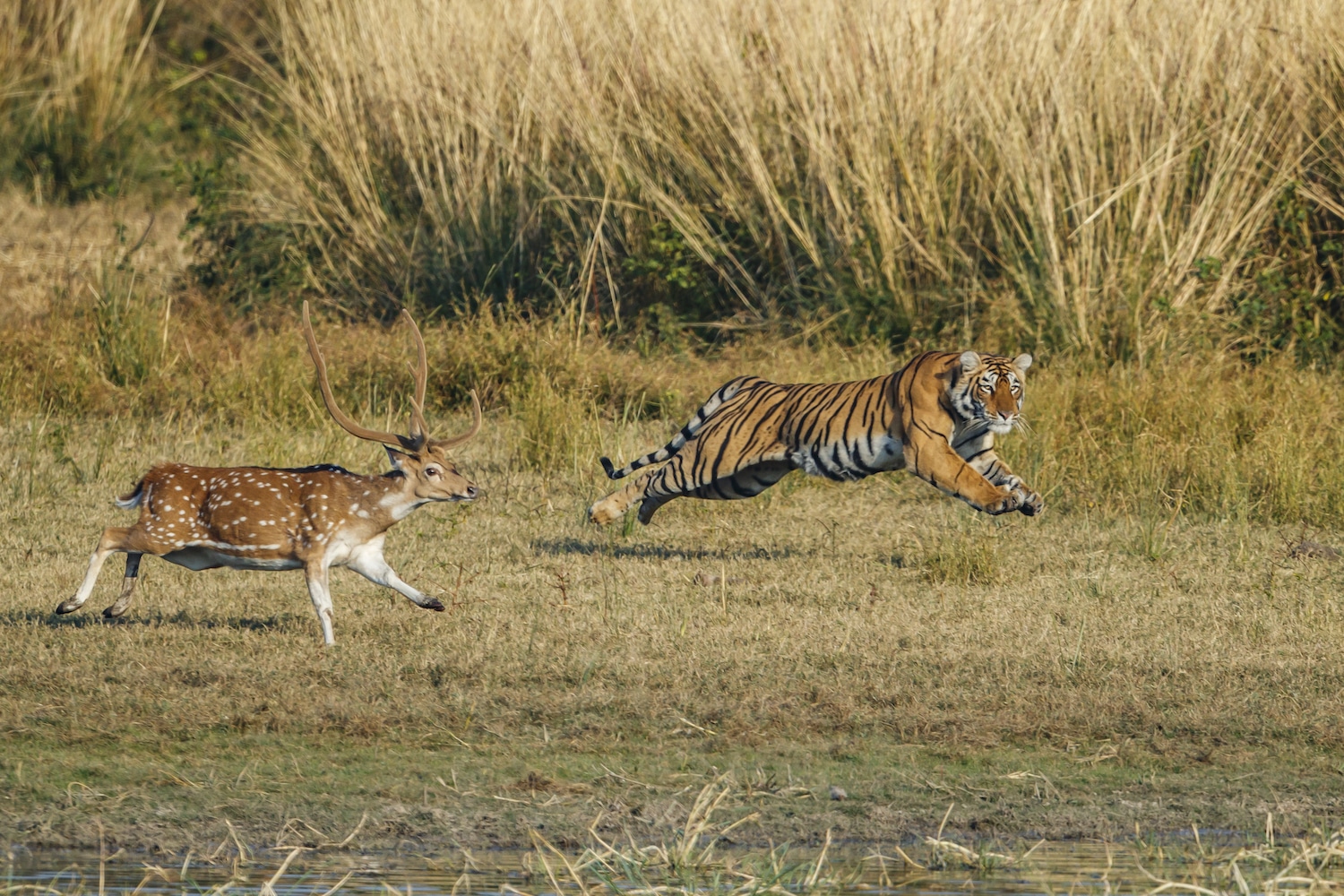
Well planned attack
Ranthambhore National Park, India
After two days of hardly any photographs, we thought there was going to be one more dry day. Arrowhead - the reigning queen of the most prime area in Ranthambhore had killed a wild boar piglet in the morning, which we had missed. We knew she was hiding in the tall grass. After waiting for nearly 5 hours she emerged at the end of the grass bush lying flat against the ground as she observed a herd of spotted deers. That’s when what happened in 5 seconds made up for all the hard work of the earlier empty days. First she scattered the whole herd and midway through the attack singled out a male deer. She then tried to judge the distance to the water and planned her intercept path accordingly. The deer escaped as Arrowhead reduced her speed near the muddy ground at the edge of the water but guess the deer had more to lose.
